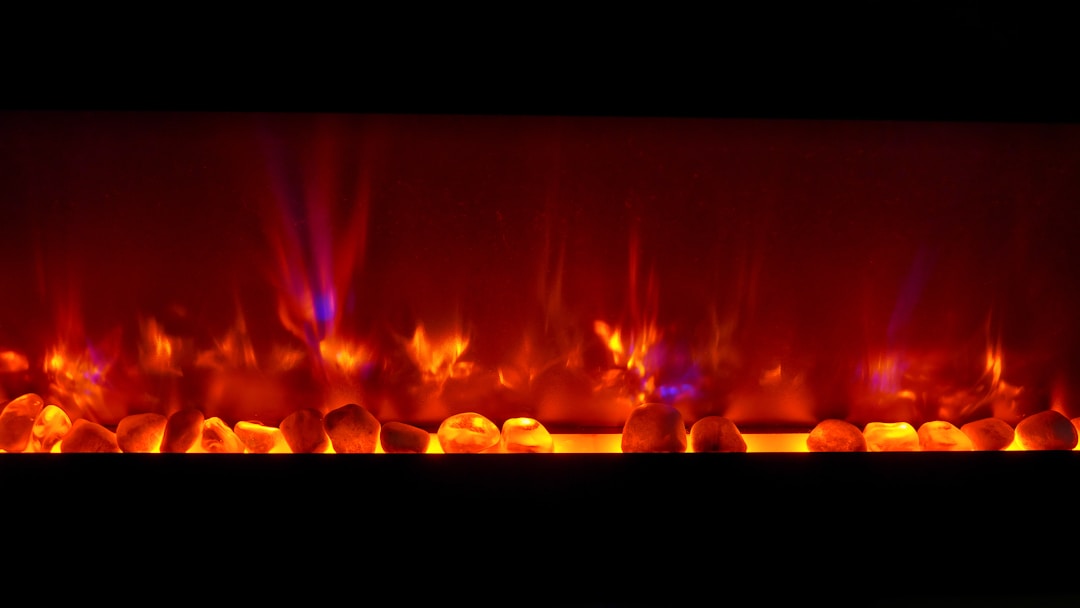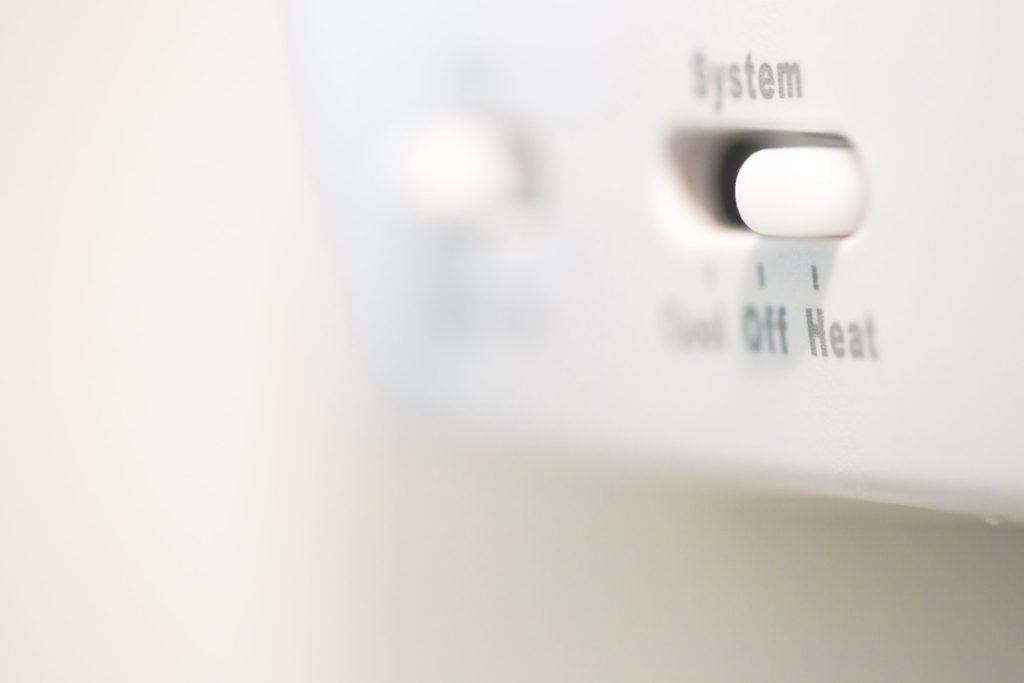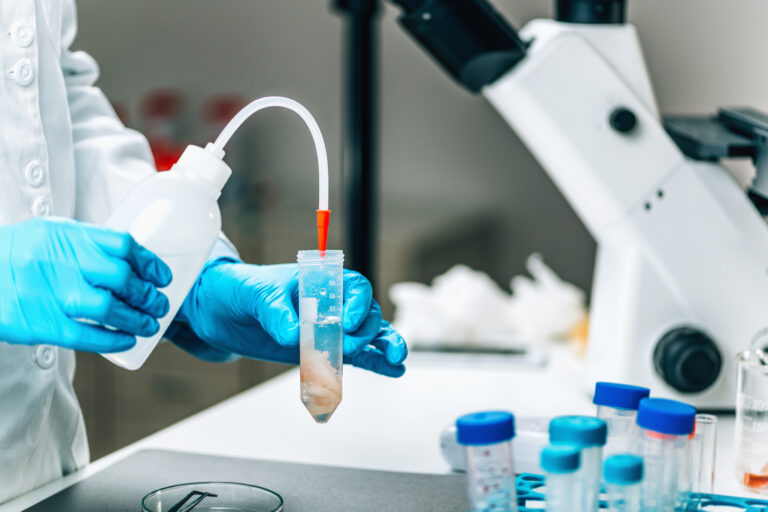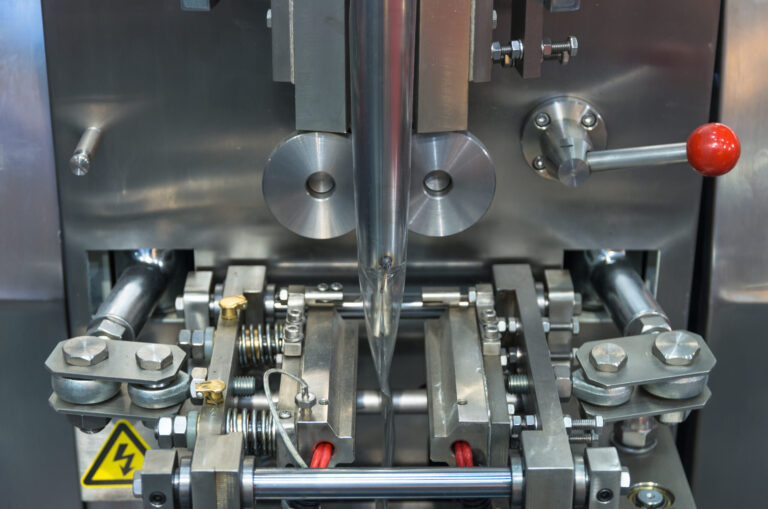You might be used to the normal units of a heater and air conditioner in your home, or an HVAC system complete with ductwork throughout a household. However, there is an energy-efficient alternative to these methods, and that’s a heat pump. Understanding heat pump technology will help you evaluate this option and decide whether it’s right for your next home upgrade. Here’s what you need to know about how these systems work.
Heat Transfer

By understanding how heat pumps work, you’ll have a better understanding of how this type of heating system operates. A heat pump is a reversible mechanical-compression cycle refrigeration system. A pump simply moves heat from one place to another to help maintain the indoor temperature that you want for your household. In cooling mode, a heat pump functions like an air conditioner, absorbing heat from inside the home and transferring it outside. The cooled refrigerant then returns to the home to cool down the entirety of the house.
In heating mode, a heat pump absorbs heat from the outdoor air and brings it in. Heat pumps are not direct heat sources, so they aren’t like gas furnaces in this sense. Gas refrigerant is pressurized, raising the temperature of your indoor air. When the refrigerant is piped back into your home, it is used to warm up the air inside. After this, the heat is extracted and condenses back into a liquid, and the air cycle continues until you feel that you’re getting the best of this heat source.
Essential Heat Pump Components

A typical heat pump consists of two major components: an outdoor unit and an indoor air handler unit. The outdoor unit contains a coil and a fan. The coils operate as a condenser in the cooling mode but act as an evaporator in heating mode. The fan blows outside air above the coil to facilitate heat exchange. The indoor unit also has a coil and a fan, with the coil acting as an evaporator when the air conditioner is turned on, and as a condenser when you’re using the heat. The fan is responsible for moving air across the coil and throughout the ducts in the home.
The refrigerant is the substance used within a heat pump that absorbs and rejects heat as it circulates throughout the system. The compressor pressurizes the refrigerant and moves it throughout the household. There is part of the heating system that reverses the flow of refrigerant known as a reversing valve. This allows the heating or cooling system to operate in the opposite direction and switch between heating mode and cooling mode. There’s also the expansion valve, which regulates the flow of the refrigerant as it passes through the system, dropping refrigerant temperature, and providing cool air through the summer months.
Types of Heat Pumps

Heat pumps can operate with or without ducts to transfer heat. If both fans are contained within a single unit, the air is dispersed through a traditional ductwork system. However, there are ductless options that feature an outdoor unit and indoor units with fans in each room. This eliminates the complications that come with installing ductwork throughout your home’s structure.
Air-to-air, water source, and geothermal heat pumps are among the more common options in recent years. Air-to-air takes heat from outdoor air to transfer it throughout your home in both cooling and heating mode. Water source pumps extract heat energy and pump water from the source directly through the heat pump. Geothermal heat pumps extract the heat energy from the ground and transfer it into your home. It could be the right decision to opt for these pumps in your household today.














